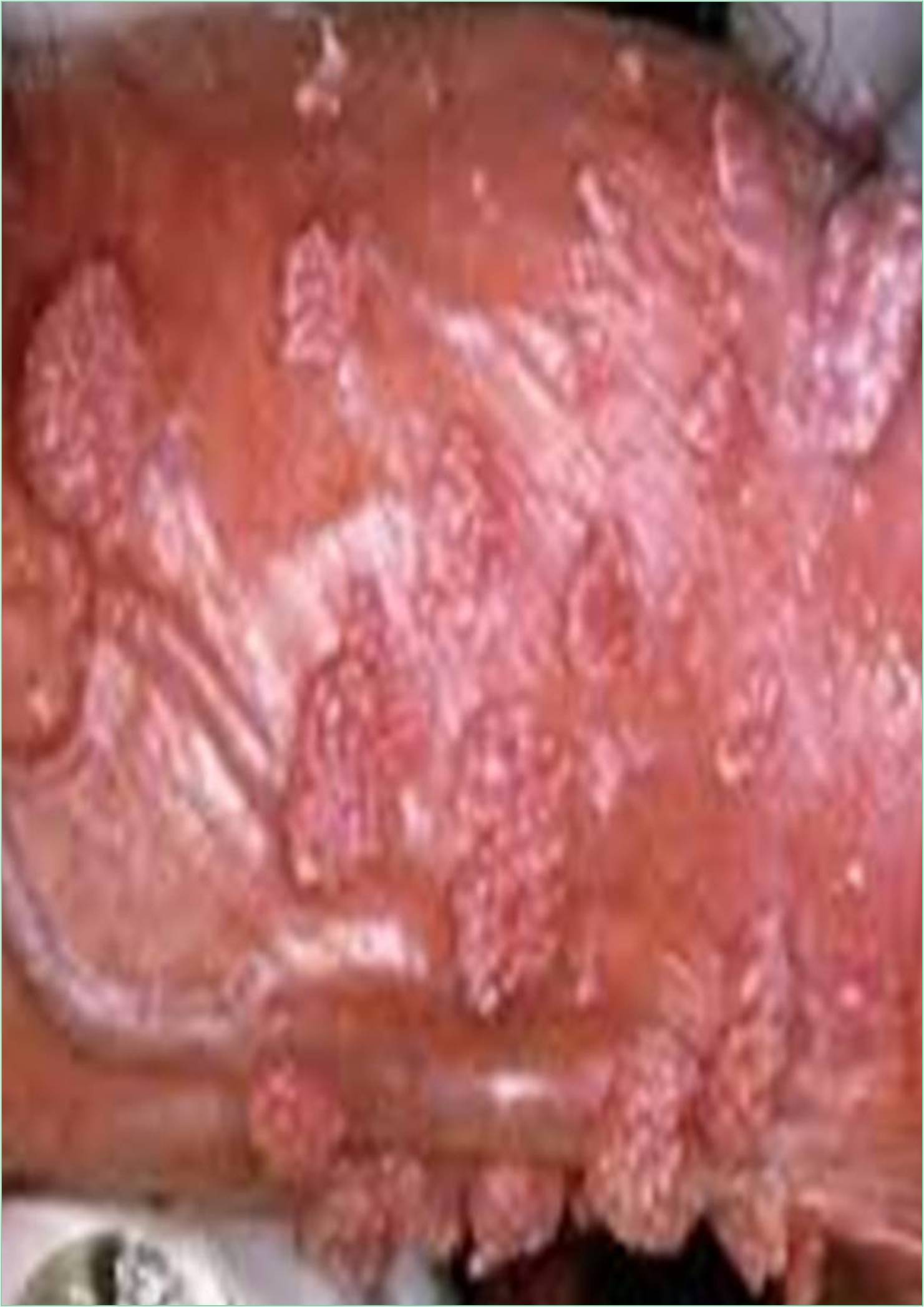



Received: 28-Oct-2022, Manuscript No. GJV-22-85417; Editor assigned: 02-Nov-2022, Pre QC No. GJV-22-85417(PQ); Reviewed: 23-Nov-2022, QC No. GJV-22-85417; Revised: 30-Nov-2022, Manuscript No. GJV-22-85417(Q); Published: 02-Dec-2022, DOI: 10.35841/GJV.22.10.027
Cases STD control programs have been effective in precluding squeal of complaint, including gravidity. The first step in developing such a program is to identify the magnitude and distribution of the problem, and to identify the specific agents most generally involved. An STD control program emphasizing the forestallment of gravidity, can be incorporated into the being health care system whenever STDs are an important cause of gravidity. Womanish gravidity, including tubal factor gravidity, is a major public health concern worldwide. Utmost cases of tubal factor gravidity are attributable to undressed sexually transmitted conditions that lift along the reproductive tract and are able of causing tubal inflammation, damage, and scarring.
STDs can negatively affect fertility by three primary mechanisms
1 Gestation destruction;
2 Neonatal deaths; and
3 Inhibition of either manly or womanish reproductive tubes.
Substantiation has constantly demonstrated the goods of Chlamydia trachomatis and Neisseria gonorrhoeae as pathogenic bacteria involved in reproductive tract morbidities including tubal factor gravidity and pelvic seditious complaint.
There's limited substantiation in the medical literature that other sexually transmitted organisms, including Mycoplasma genitalium, Trichomonas vaginalis, and other microorganisms within the vaginal micro-biome, may be important factors involved in the pathology of gravidity.
The major preventable cause of gravidity moment, for both men and women, is Sexually Transmitted Disease (STD). Infection- related gravidity constitutes not only an individual problem for the infertile couple, but also a public health challenge. Pelvic seditious complaint, due to sexually transmitted infection, presumably accounts for half of all womanish gravidity in numerous regions of the world. Low sperm count, frequently the result of infection, is the most important preventable manly factor. The etiological significance of environmental factors in gravidity has been stressed. Toxins similar as cements, unpredictable organic detergents or silicones, physical agents, chemical dusts, and fungicides are intertwined in gravidity.
Other potentially dangerous occupational environmental exposures similar as chlorinated hydrocarbons and fumicides have also been discovered to be associated with the increased link of robotic confinement in women. Hence individualities having direct contact with or exposure to similar chemicals have high chances of having primary or secondary gravidity as the case may be. Estrogen- suchlike hormone dismembering chemicals similar as phthalates are of particular concern for goods on babies of women. Gravidity performing from ovarian dysfunction may be due to absence of eggs in the ovaries or due to a complete blockage of the ovaries.
Ovarian dystrophy (physical damage to the ovaries, or ovaries with multiple excrescencies) and Luteinized Unruptured Follicle Pattern (LUFS), in which case the egg may have progressed duly but the follicle failed to burst or indeed burst without releasing the egg may do and beget an ovulatory cycle. Polycystic Ovaries Pattern (PCOS) is generally a heritable problem and accounts for over to 90 of cases of anovulation. In PCOS the ovaries produce high quantities of androgens, particularly testosterone and therefore amenorrhea or oligomenorrhea is relatively common.
The finding for anthropological study of socio-cultural aspects is set up gestation among the members of matrilineal racial group. Infertile women apply various strategies to have a child. Traditional healers are visited much more constantly than the modern sanatorium, and the explanations the infertile women themselves give for their gestation more constantly began from the traditional healers than from the sanatorium staff. Nearly all of the canvassed women commit infidelity in the expedient to conceive. Some of them apply fostering as a partial result for childlessness. The infertile women substantiation various consequences due to their gestation, of which rejection from certain social exertion and traditional observances are perceived as a truly problematic bone. The matrilineal association system means that the husband and his family do not brutalize and repudiate her. Gravidity must be considered as a serious reproductive health problem. For the long term precautionary measures may be more influential than restorative one.